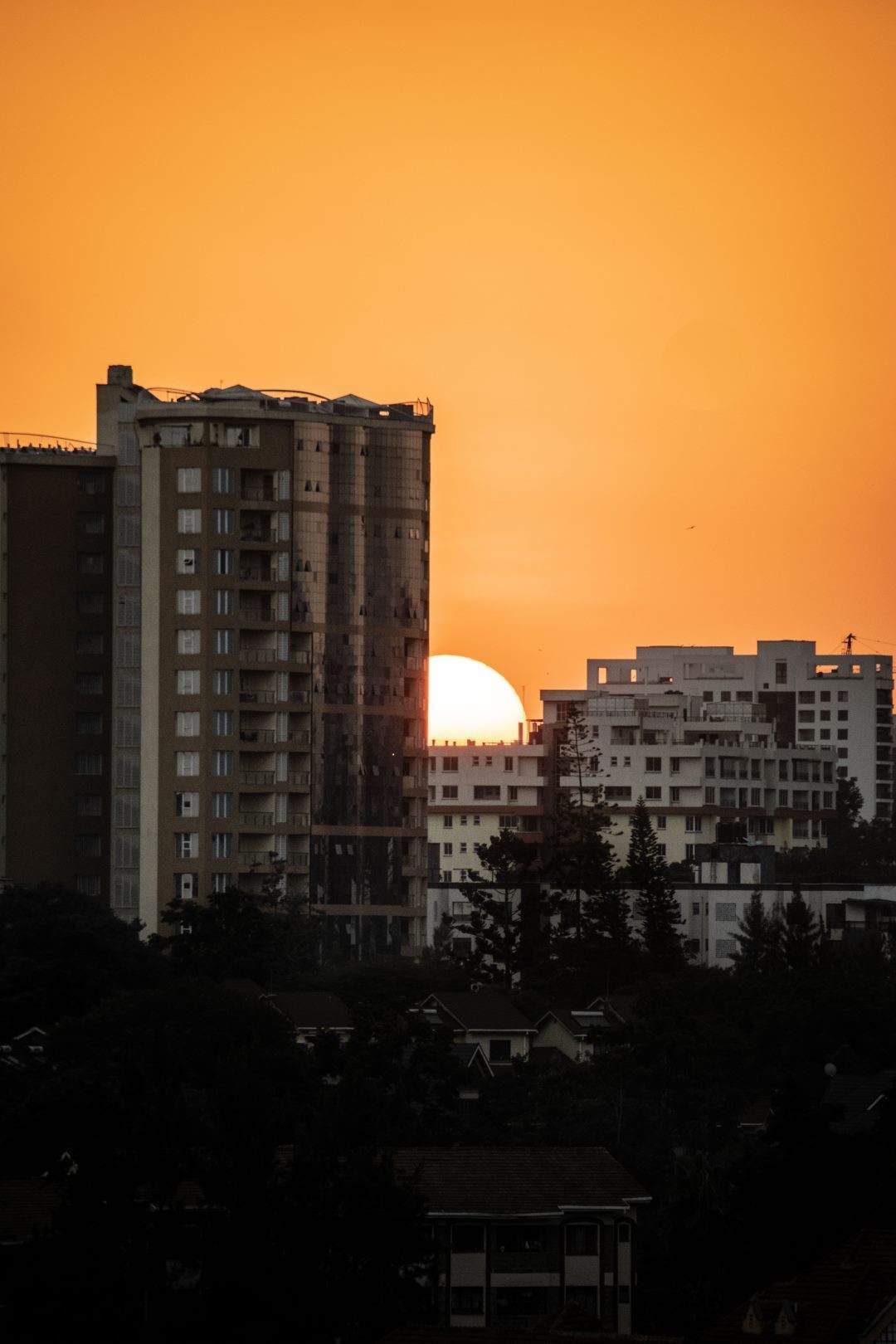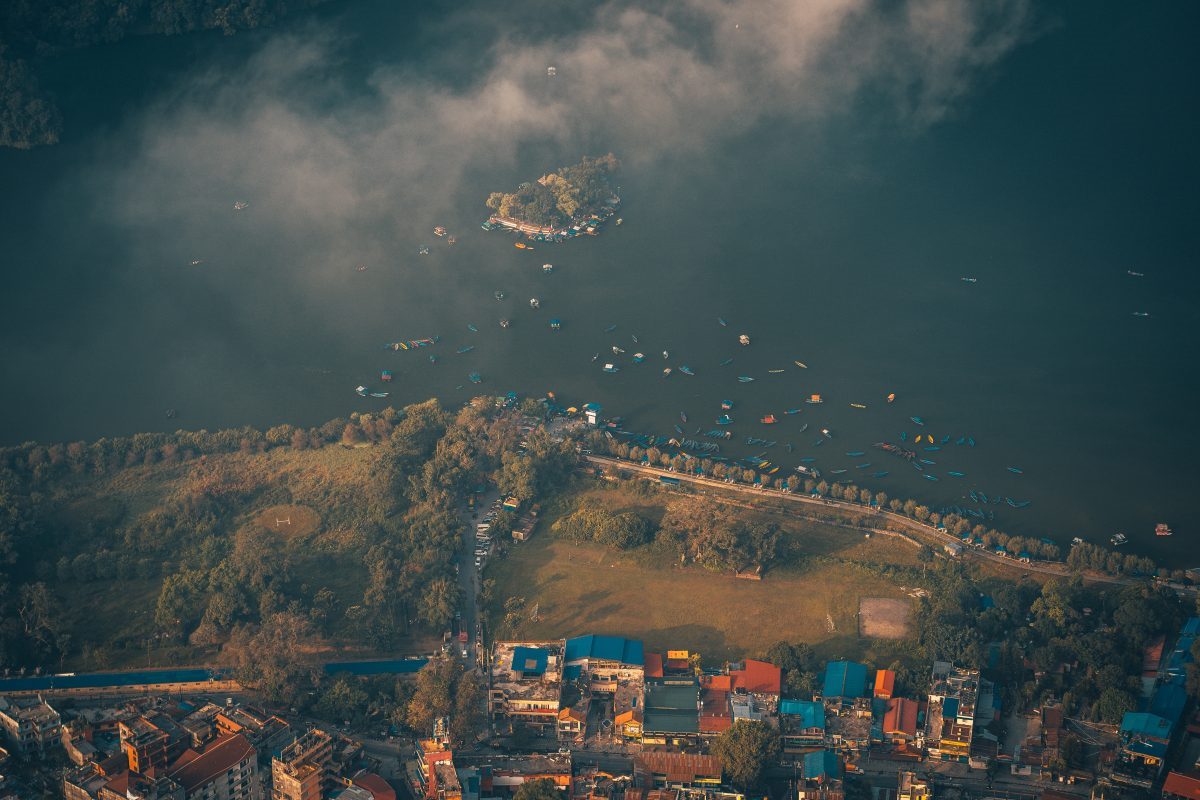How to Plan Your Giants Causeway Tour in Belfast
Are you visiting Belfast and have limited time to explore the beautiful city and its surroundings? Then, planning a day trip to the Giants Causeway is a must-do! This day trip offers an action-packed day that includes sightseeing of The Giant’s Causeway, Dunluce Castle, Bushmills Distillery, the Glens of Antrim, and the Carrick-A-Rede Rope Bridge. This blog post will guide you through how to plan your Giants Causeway tour in Belfast and make the most out of your day trip.Overview of the Tour
The Giants Causeway tour is a day trip that allows you to explore the spectacular scenery of the North Antrim Coast with ease. You will be able to visit a UNESCO World Heritage Site, The Giant’s Causeway, and get the chance to see “Game of Thrones” filming locations, including Dunluce Castle and Ballintoy Harbour. Unlike crowded bus tours, the Giants Causeway tour offers a private driver, which means no waiting around for other travelers and a more personalized experience.What’s Included in the Tour?
The Giants Causeway can be accessed for free, and the tour offers lunch as part of the package. You’ll have the opportunity to enjoy traditional Irish cuisine and experience authentic dining. With a private tour, you’ll also have the option to customize your itinerary and add additional sites that may interest you.Meeting and Pickup Details
The tour offers pickup points at various locations to make it easy for customers to join the tour. Pickup points include hotels, visitor centers, and the cruise ship terminal. If you’re arriving at the airport, an additional transfer fee may apply.What to Expect on the Tour
The Giants Causeway tour covers several sites, including The Giant’s Causeway, Dunluce Castle, Bushmills Distillery, the Glens of Antrim, and the Carrick-A-Rede Rope Bridge. Here’s a brief overview of what you can expect at each stop:The Giant’s Causeway
The Giant’s Causeway is a UNESCO World Heritage Site and a natural wonder with over 40,000 basalt stone columns. The columns are a result of a volcanic eruption that occurred over 60 million years ago. The site is free to access, and you can spend as much time as you want exploring the site and taking photos.Dunluce Castle
Dunluce Castle is a medieval ruin that sits atop a cliff overlooking the sea. The castle dates back to the 13th century, and you’ll get to see the remains of the castle walls and towers. The castle is a fantastic photo opportunity, and it was also used as one of the locations for the hit TV series “Game of Thrones.”Bushmills Distillery
Bushmills Distillery is the oldest licensed distillery in the world, with a history dating back over 400 years. The tour includes a stop at the distillery where you can see how the whiskey is made and sample some of the finest Irish blends.The Glens of Antrim
The Glens of Antrim are a series of nine glens that offer breathtaking views of the coastline and the many small villages that dot the region. The tour will take you on a scenic route through the glens, and you can take all the photos you want along the way.The Carrick-A-Rede Rope Bridge
The Carrick-A-Rede Rope Bridge is a unique experience that allows you to walk across the bridge suspended over a 100-foot drop. It’s not for the faint-hearted, but it offers excellent views of the coastline and surrounding areas.Booking the Tour
If you’re interested in booking the Giants Causeway tour, you can book the tour here: book the tour here. The tour is a great way to explore the natural wonders of Northern Ireland and learn about the rich history and culture of the region. Don’t forget to bring your camera and comfortable walking shoes for the day trip.
Frequently Asked Questions about Belfast
Belfast is the capital of Northern Ireland and has lots to offer visitors who come to explore the city. But, like any place, there are certain things that visitors might be curious or confused about. To help you make the most of your trip to Belfast, we’ve compiled a list of frequently asked questions (FAQs) about the city.1. What is the history of Belfast?
Belfast was founded in the early 17th century and grew as a centre of the Irish linen industry, tobacco production, and shipbuilding. The city played an important role in the Industrial Revolution and was a key location for the global shipbuilding industry. In the 20th century, Belfast became divided over politics and religion, leading to a period of conflict known as The Troubles. Since the late 1990s, the city has undergone significant regeneration and is now a vibrant tourist destination.2. What are some popular attractions in Belfast?
Belfast has a range of attractions for visitors, including historical landmarks, cultural institutions, and natural scenery. Some popular attractions include: – Titanic Belfast: a museum dedicated to the story of the Titanic, the famous ship built in Belfast – St. George’s Market: a large indoor market selling local food, crafts, and antiques – Belfast City Hall: a stunning Edwardian building in the heart of the city – Crumlin Road Gaol: a former prison with a fascinating history – Cave Hill Country Park: a beautiful park with hiking trails and panoramic views of the city – Ulster Museum: a museum showcasing Northern Ireland’s art, history, and natural sciences3. What is the best way to get around Belfast?
Belfast has a good public transportation system, with buses and trains linking the city centre to suburbs and surrounding towns. The city is also relatively compact, making it easy to explore on foot. Visitors can also rent a car or bike to see more of the city and surrounding areas.4. What is the weather like in Belfast?
Belfast has a temperate maritime climate, meaning that it is mild and rainy throughout the year. The summer months (June to August) are typically the warmest and driest, with average temperatures around 18°C (64°F). The winter months (December to February) can be cool and wet, with average temperatures around 6°C (43°F).5. What is the currency used in Belfast?
The currency used in Belfast (and throughout Northern Ireland) is the pound sterling (£). Visitors can exchange currency at banks, post offices, or exchange bureaus. Most shops, restaurants, and attractions also accept credit or debit cards.6. What is the local language in Belfast?
The official language of Belfast (and Northern Ireland) is English, but many locals also speak Irish (Gaelic). Visitors are unlikely to encounter much Irish spoken in day-to-day life, however, as it is primarily used in certain communities and cultural contexts.7. What are some traditional foods to try in Belfast?
Northern Irish cuisine is hearty and comforting, with a focus on local produce and traditional recipes. Some popular dishes to try in Belfast include: – Ulster fry: a breakfast dish consisting of bacon, eggs, sausage, black pudding, and soda bread – Irish stew: a stew made with lamb, potatoes, carrots, and onions – Champ: mashed potatoes with scallions (spring onions) and butter – Wheaten bread: a hearty bread made with wholemeal flour and buttermilk – Tayto crisps: an iconic Northern Irish brand of crisps (potato chips) with a range of flavours8. What is the nightlife like in Belfast?
Belfast has a lively nightlife scene, with a range of bars, pubs, clubs, and live music venues. Some popular areas for a night out include the Cathedral Quarter, the Golden Mile (along Great Victoria Street), and the university district. There is a also a thriving arts and culture scene, with regular theatre productions, concerts, and festivals throughout the year.9. What are some etiquette tips for visitors to Belfast?
Visitors to Belfast can expect a warm welcome from locals, who are generally friendly and hospitable. Some cultural norms to keep in mind include: – Tipping: It is customary to tip in restaurants, bars, and for taxi drivers. A general guideline is to leave around 10-15% of the total bill. – Queueing: Brits are known for their love of queueing, so be prepared to wait your turn in lines for attractions, events, and public transportation. – Greetings: A simple “hello” or “hiya” is a common greeting among locals. In more formal situations, a handshake is appropriate. – Religion and politics: While the Troubles are largely over, the history of political and religious division can still be a sensitive topic for some locals. Avoid discussing divisive issues unless you are in a setting where it is appropriate, such as a museum or historical tour.10. What is the best time of year to visit Belfast?
Belfast is a year-round destination, with something to offer visitors in every season. The summer months (June to August) are the busiest and warmest time of year, with longer days and more outdoor events. However, visitors who prefer to avoid crowds may prefer to visit in the shoulder seasons of spring (March to May) or autumn (September to November). Winter can also be a good time to visit, especially for Christmas markets and festive events.
How to spend your time as a tourist in Belfast
Belfast is the largest city in Northern Ireland and it is filled with fascinating history, stunning architecture, and warm locals. Whether you are a first-time visitor or a returning one, there are plenty of things to see and do in Belfast. In this guide, we will provide you with a step-by-step itinerary that covers the best spots and hidden gems in the city.Day 1: Discover the best of Belfast’s history
1. Start your day at the Titanic Belfast museum
The Titanic Belfast is a must-visit attraction for all those who are interested in the history of the ship, which was built in Belfast over 100 years ago. Here you can learn about the story of the Titanic and its sinking through interactive exhibits and multimedia displays.2. Take a Black Taxi Tour of the city
A Black Taxi Tour is a unique way to explore Belfast’s troubled past. Your tour guide, who is usually a local, will take you to the most significant political murals and street art that depict the city’s division and sectarian conflict.3. Have lunch at Crown Liquor Saloon
The Crown Liquor Saloon is a unique Victorian-style pub that serves traditional pub cuisine. This pub has been named one of the most beautiful pubs in the world, so make sure to stop by for a pint and a bite to eat.4. Visit the Crumlin Road Gaol
The Crumlin Road Gaol is a former prison that has been converted into a museum. You can take a guided tour of the prison and learn about the history of the prison system in Northern Ireland.Day 2: Discover Belfast’s dynamic culture
1. Visit the Ulster Museum
The Ulster Museum is an excellent place to learn about the history of Northern Ireland and beyond. It includes collections of art, history, and natural science.2. Grab lunch at St. George’s Market
St. George’s Market is one of Belfast’s oldest and most popular attractions. This indoor market has a lively atmosphere and offers artisanal foods, locally sourced produce, and street food from around the world.3. Explore Cathedral Quarter
The Cathedral Quarter is one of Belfast’s liveliest neighborhoods, filled with pubs, restaurants, galleries, and shops. Take a walk around the quarter, and you will discover plenty of street art, quaint alleyways, and hidden gems.4. Have Dinner at Deanes at Queen’s
Deanes at Queen’s is a stylish restaurant located in the heart of Queen’s University. The restaurant specializes in modern Irish cuisine and offers an excellent selection of wines and cocktails.Day 3: Discover the Great Outdoors
1. Take a stroll in Botanic Gardens
Botanic Gardens is a public park that offers plenty of green spaces and trees. It is a perfect spot to relax and unwind after two busy days of exploring. The park also has a variety of different gardens, including a Rose Garden and Palm House.2. Go on a Game of Thrones tour
If you are a fan of the hit TV show Game of Thrones, you will be thrilled to know that some of the show’s most iconic filming locations are located in Northern Ireland. You can book a guided tour that takes you to many of the locations used in the show.3. Enjoy a Picnic on Cave Hill
Cave Hill is a hill located on the northern edge of Belfast. It offers some of the most stunning views of the city and the surrounding countryside. Pack a picnic, and you can enjoy a leisurely lunch with fantastic views.4. Visit the Giant’s Causeway
The Giant’s Causeway is a must-visit attraction for anyone visiting Northern Ireland. This natural wonder comprises interlocking basalt columns that were formed by volcanic activity. It is a UNESCO World Heritage site and is one of the most popular tourist destinations in Northern Ireland.Book Your Tour Now
Belfast is a city that offers so much to see and do, and it is a perfect destination for a weekend break or a longer vacation. Whether you are interested in history, culture, or the great outdoors, Belfast has something for everyone. Use this itinerary as a starting point to explore the city, and you will be rewarded by some of the best experiences that Belfast has to offer.Table of Contents

